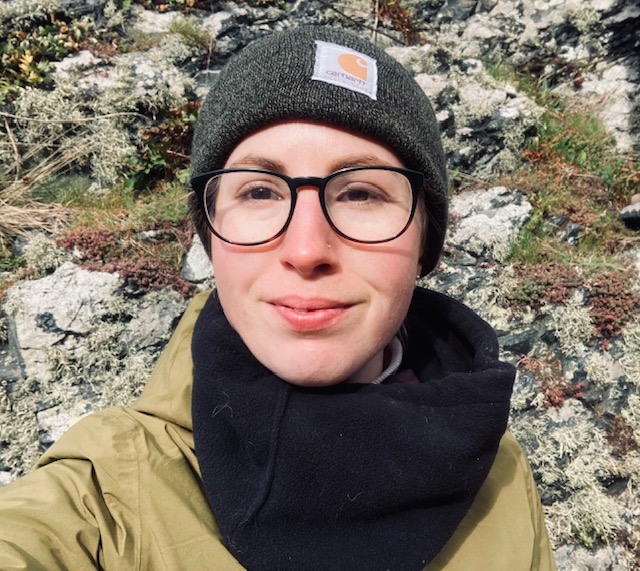Earth Day is all about bringing people and communities together to appreciate and invest in the world around us. This year, the Sedgwick Museum of Earth Sciences and Department of Earth Sciences marked Earth Day with its very first ‘Earth Clinic’ — a family event to raise awareness of climate change and give visitors the chance to explore what scientists at Cambridge are doing to help.
If you’re asked to picture a geologist, what do you see? Possibly the classic stereotype of an old white man in socks and sandals? With Earth Science being one of the least diverse subjects in the USA and UK, we wanted to give visitors the chance to meet real-life earth scientists and hear first-hand about the varied work they do on societal issues like climate change.
So, we set up our first Earth Clinic – featuring four stands, run by seven PhD students from Earth Sciences and the British Antarctic Survey. Focus topics ranged from the carbon cycle — including volcanic emissions and ocean acidification — to records of our planet’s changing environment revealed through ice cores and marine sediments. The Clinic had a medical theme (complete with lab coats and medical screen) giving us a hook to explain why the Earth is unwell and talk about symptoms and treatments.
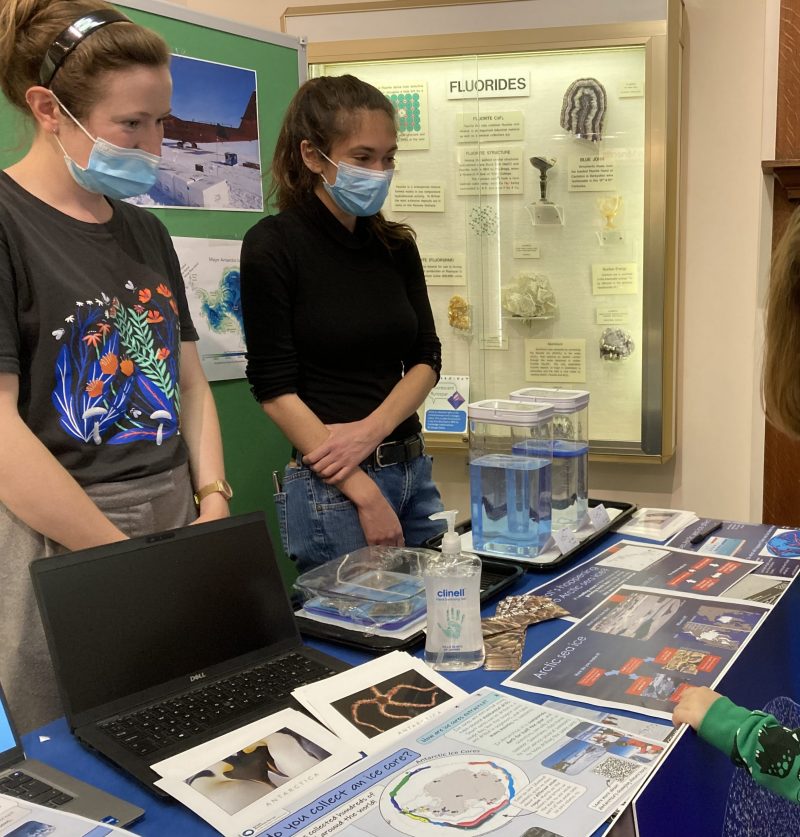
There was a range of interactives for families to get involved in: visitors were able to bubble their own CO2 into ocean water using a SodaStream and measure changing acidity; examine gas bubbles in volcanic rocks from across the world; study tiny marine shells or foraminifera under the microscope; and listen to 500,000-year-old ice from Antarctica ‘snap, crackle and pop’.
One of our key aims was to challenge stereotypes of Earth Scientists and public perceptions of the subject. We also wanted to empower younger visitors to make informed decisions about the environment through activities and discussions with scientists. Families had the opportunity to contribute ideas on how they can protect the environment to a pledge tree. You can see some of their examples below.
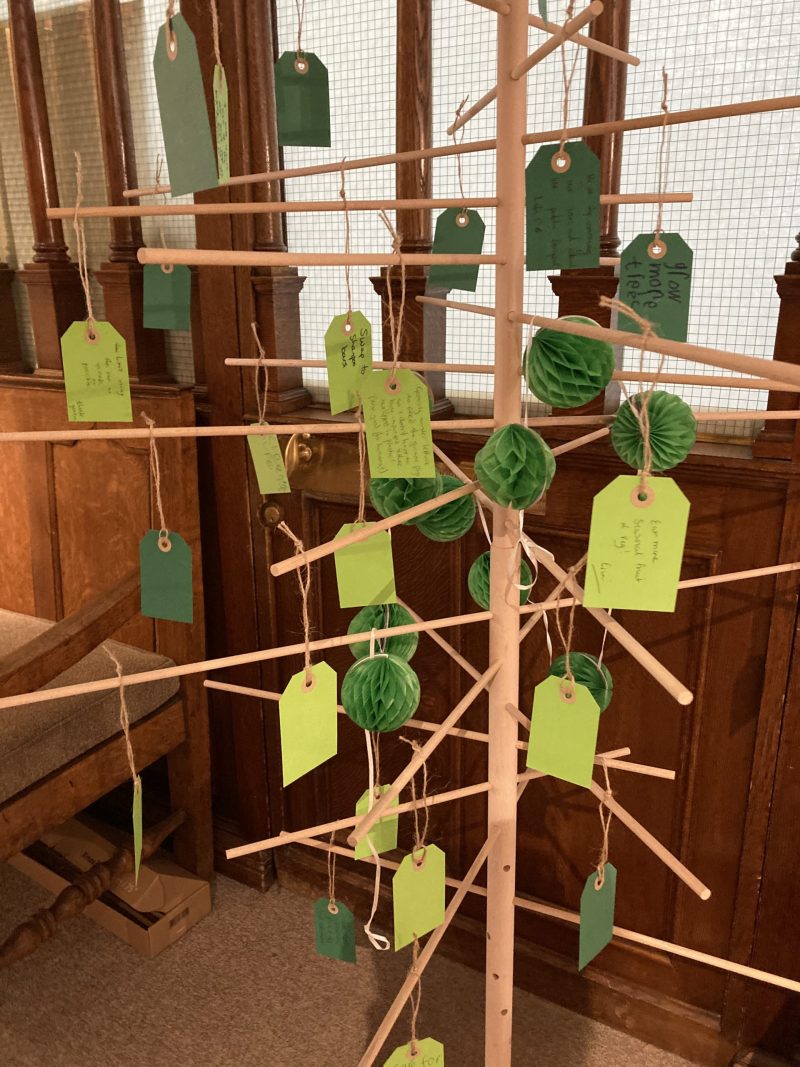
I loved being involved in this project from start to finish. After coming up with the event’s medical theme during one of my creative moments during lockdown, my colleague Helen Devereux and I worked closely with Sedgwick Museum staff and PhD students to turn the Earth Clinic into reality. All of the activities on the day were created by research students as part of their doctoral training sessions in public engagement. Collaborating with the students was one of the most enjoyable aspects of planning the event: it was a two-way process, helping them communicate their science whilst also involving them in designing the plan for the day.
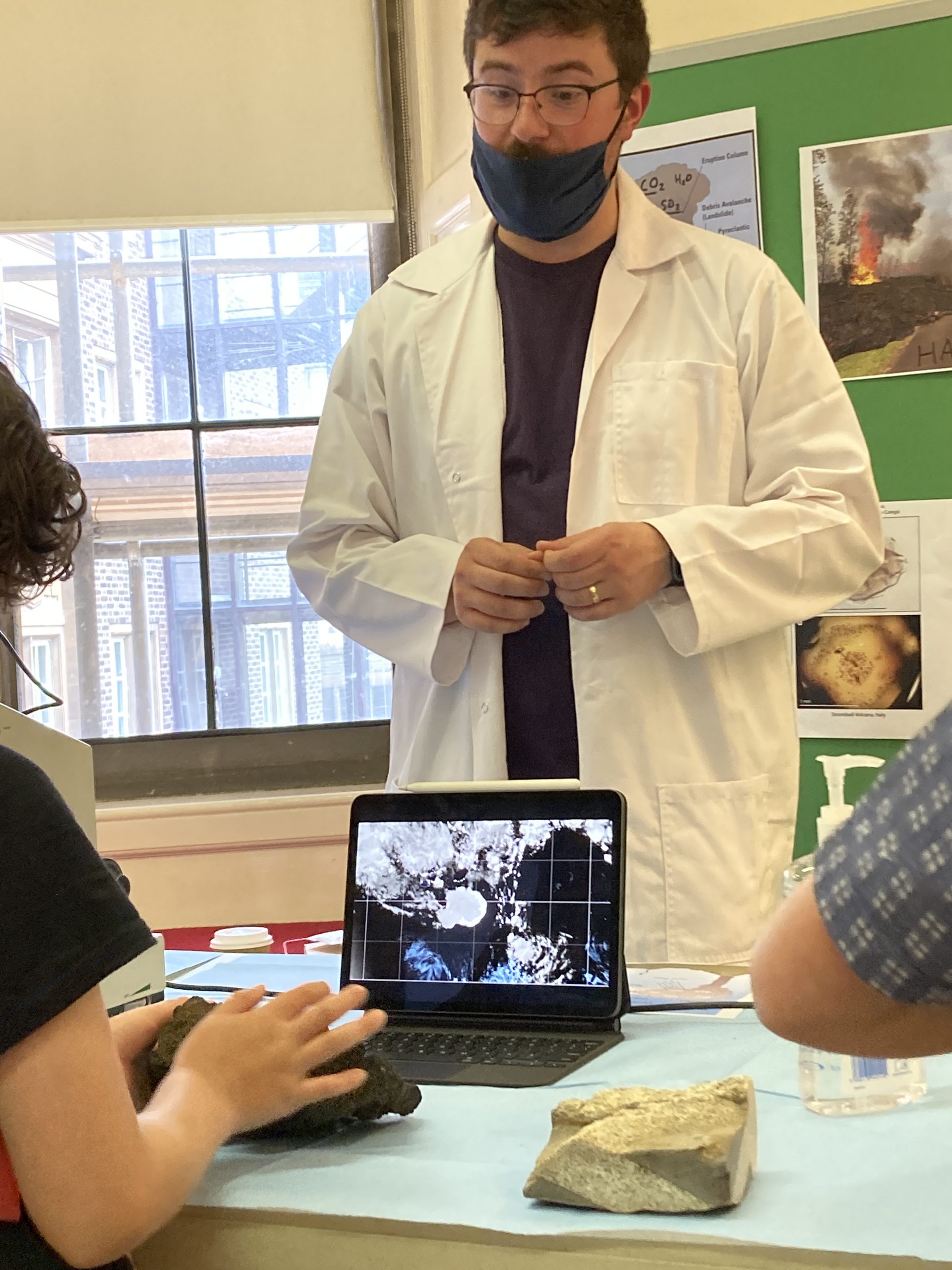
Everyone’s hard work and dedication was reflected in the feedback from families. Visitors commented on how enthusiastic the students were, and how they’d found the hands-on experiments particularly enjoyable (the SodaStream was a firm favourite!).
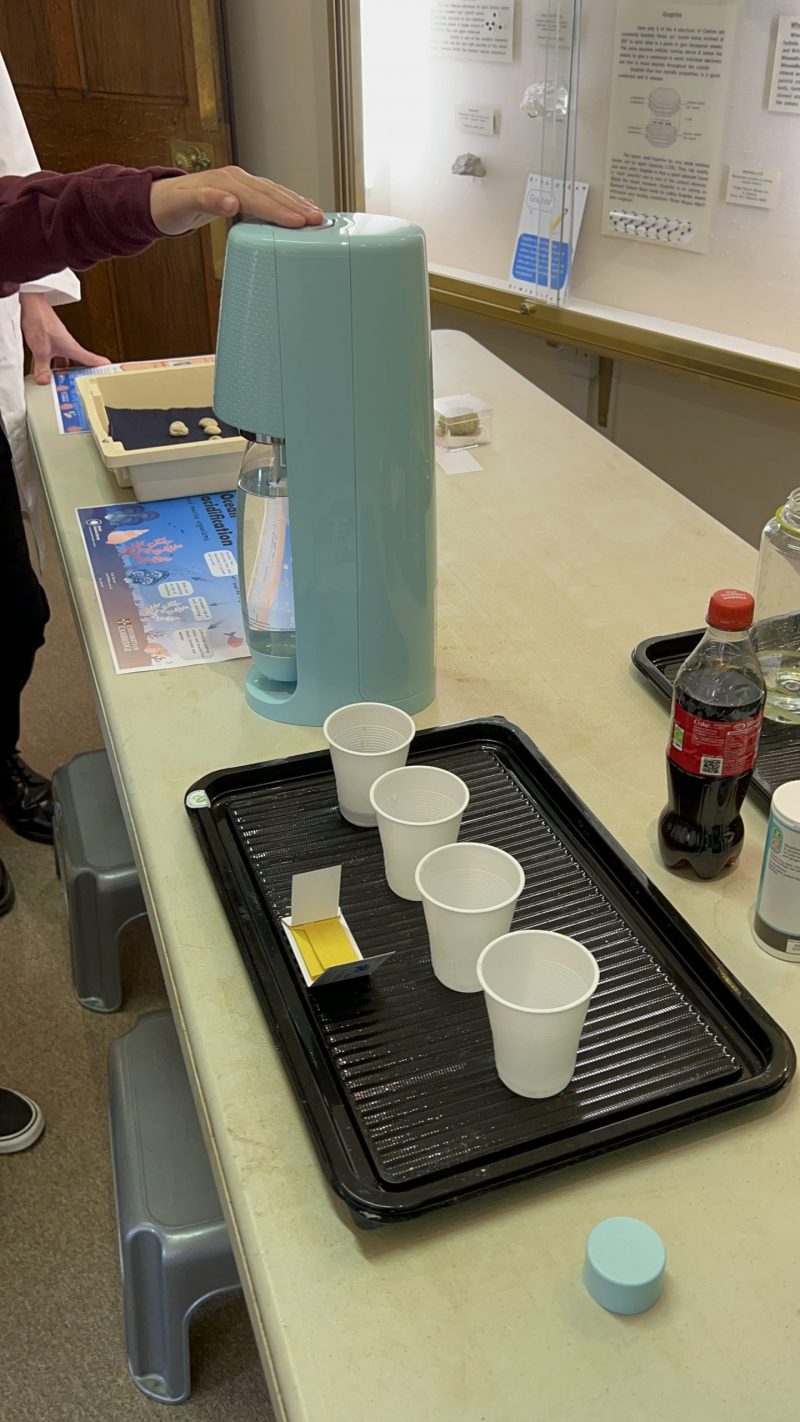
We’re now looking to build on the event in the future, and hopefully even take it on the road to local schools. According to Liz Hide of the Sedgwick Museum,
“Earth Clinic provided a great opportunity for the public to meet and hear first hand from early career scientists working in this field, who shared their expertise and enthusiasm, and developed their skills and confidence in engaging with the public. I’m looking forward to Earth Clinic becoming an annual event!”
Find out more about what our earth scientists are researching over on the Department of Earth Science’s blog.

